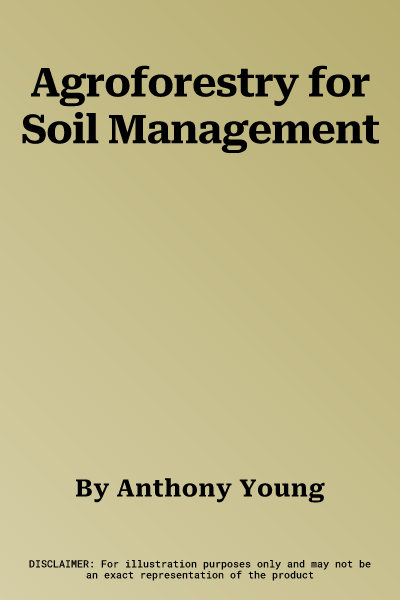Agroforestry refers to land use systems in which trees or shrubs are
grown in association with agricultural crops, or pastures and livestock.
From its inception, it has contained a strong element of soil
management. Well-designed and managed agroforestry systems have the
potential to control run-off and erosion, maintain soil organic matter
and physical properties, and promote nutrient cycling. By these means,
agroforestry can make a major contribution to sustainable land use. The
previous edition of this book, entitled Agroforestry for Soil
Conservation (1989), was based on indirect evidence from agriculture,
forestry and soil science. The present work provides a new synthesis,
drawing on over 700 published sources dating largely from the 1990s.
These include both results of field trials of agronomy systems, and
research into the plant-soil processes which take place within them.
Soil conservation in its narrower sense, the control of erosion, is
treated alongside other equally important aspects of soil management,
such as nutrient cycling. The new edition summarizes the present state
of knowledge and indicates needs for research. It is essential reading
for all concerned with agroforestry, whether as students, research
scientists, or for practical purposes of development. It is also of
interest to soil scientists, agronomists and foresters.

